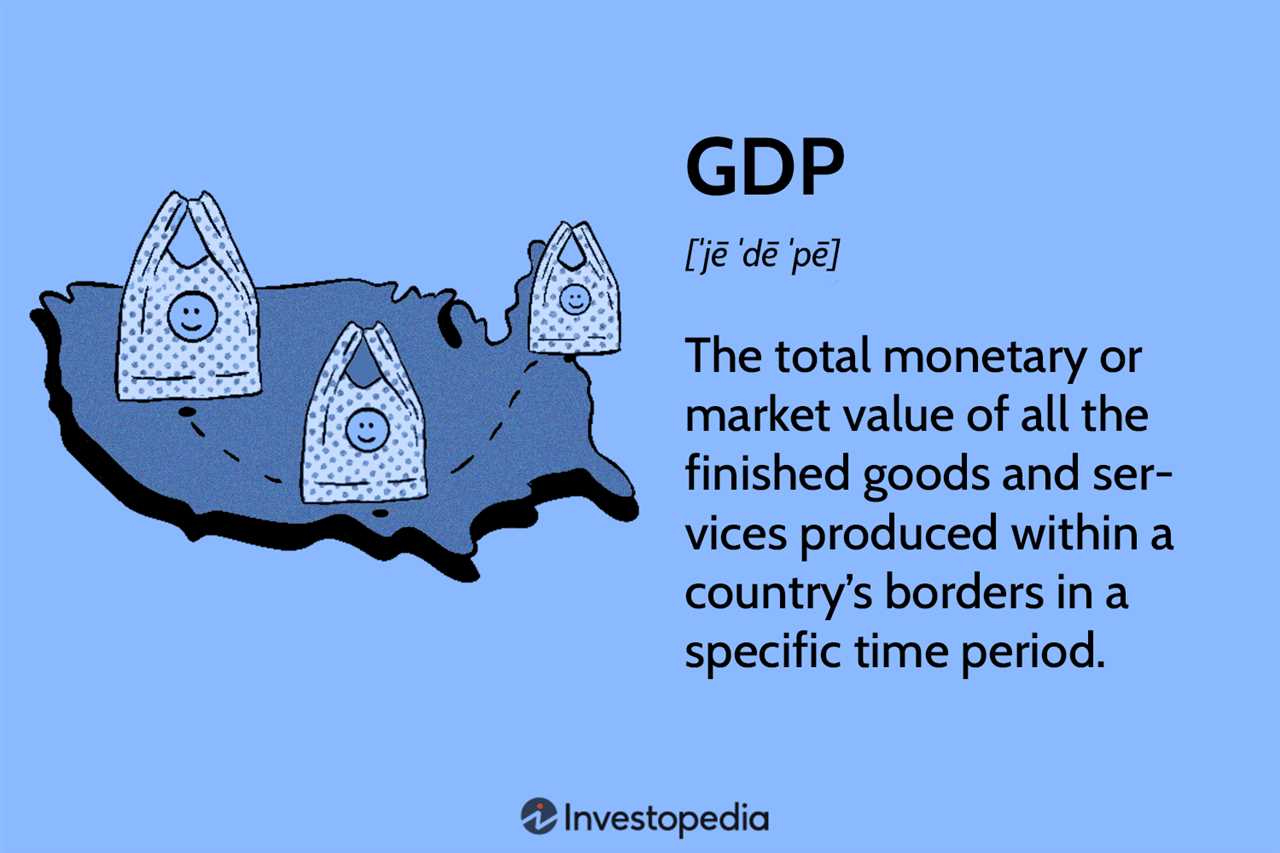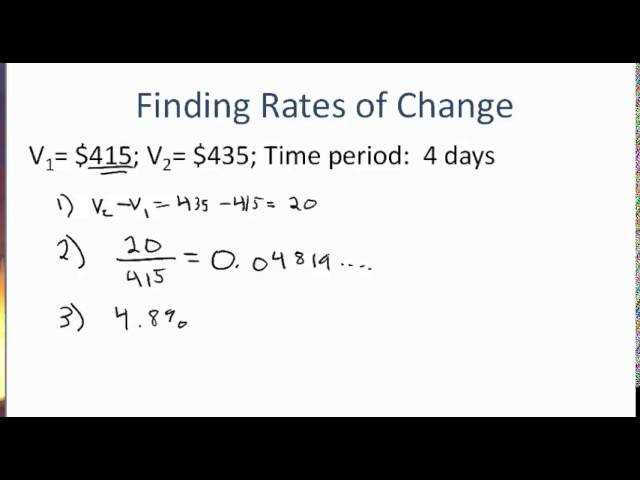Economic Growth Rate: Definition, Formula, and Example
Economic growth rate is a key indicator of the health and development of a country’s economy. It measures the percentage change in the real gross domestic product (GDP) over a specific period of time, usually a year. The economic growth rate reflects the overall increase in the production of goods and services within an economy.
Formula for Calculating Economic Growth Rate
The formula for calculating the economic growth rate is as follows:
This formula calculates the percentage increase or decrease in GDP between two specific years. The GDP for Year 2 is subtracted from the GDP for Year 1, and the result is divided by the GDP for Year 1. The resulting value is then multiplied by 100 to express the growth rate as a percentage.
Example

Let’s consider an example to better understand the concept of economic growth rate. Suppose the GDP of a country in Year 1 was $1,000 billion, and in Year 2 it increased to $1,200 billion. To calculate the economic growth rate, we can use the formula:
By performing the calculation, we find that the economic growth rate for this example is 20%. This means that the country’s GDP increased by 20% between Year 1 and Year 2.
Economic growth rate is an important metric for policymakers, investors, and economists as it provides insights into the performance and potential of an economy. A high growth rate indicates a robust and expanding economy, while a low or negative growth rate may indicate economic stagnation or recession.
Factors Affecting Economic Growth Rate

There are several factors that can influence the economic growth rate of a country:
- Investment: The level of investment in a country’s economy, both domestic and foreign, plays a crucial role in driving economic growth. Increased investment leads to the expansion of businesses, creation of jobs, and improvement in productivity.
- Technological advancements: Innovation and technological progress contribute significantly to economic growth. New technologies can lead to increased efficiency, productivity, and competitiveness, resulting in higher economic output.
- Government policies: The policies implemented by the government, such as fiscal and monetary policies, can have a direct impact on the economic growth rate. For example, reducing taxes and interest rates can stimulate investment and consumer spending, leading to higher economic growth.
- Education and human capital: The level of education and skills of the workforce are important determinants of economic growth. A well-educated and skilled workforce can drive innovation, productivity, and overall economic development.
- Infrastructure: Adequate infrastructure, including transportation, communication, and energy systems, is crucial for economic growth. It facilitates the movement of goods and services, reduces transaction costs, and attracts investment.
Measuring Economic Growth Rate
The formula for calculating economic growth rate is:
Where GDP1 is the initial GDP and GDP2 is the final GDP.
For example, if a country’s GDP was $1 trillion in the previous year and increased to $1.2 trillion in the current year, the economic growth rate would be:
A positive economic growth rate indicates that the economy is expanding, while a negative growth rate signifies a contraction.
Calculating Economic Growth Rate
Calculating the economic growth rate is an essential task for economists and policymakers to assess the performance of an economy over a specific period. The economic growth rate measures the percentage change in the Gross Domestic Product (GDP) of a country from one period to another.
To calculate the economic growth rate, you need to follow a simple formula:
Where:
- GDP1 represents the GDP of the initial period.
- GDP2 represents the GDP of the final period.
Let’s take an example to understand the calculation of the economic growth rate. Suppose the GDP of a country was $1,000 billion in 2019 (GDP1) and increased to $1,200 billion in 2020 (GDP2). Using the formula mentioned above, we can calculate the economic growth rate as follows:
This means that the economy of the country grew by 20% from 2019 to 2020.
The economic growth rate is an important indicator of the health and performance of an economy. A positive growth rate signifies economic expansion, while a negative growth rate indicates a contraction or recession. It helps policymakers and economists make informed decisions regarding fiscal and monetary policies to stimulate or stabilize the economy.

Emily Bibb simplifies finance through bestselling books and articles, bridging complex concepts for everyday understanding. Engaging audiences via social media, she shares insights for financial success. Active in seminars and philanthropy, Bibb aims to create a more financially informed society, driven by her passion for empowering others.
